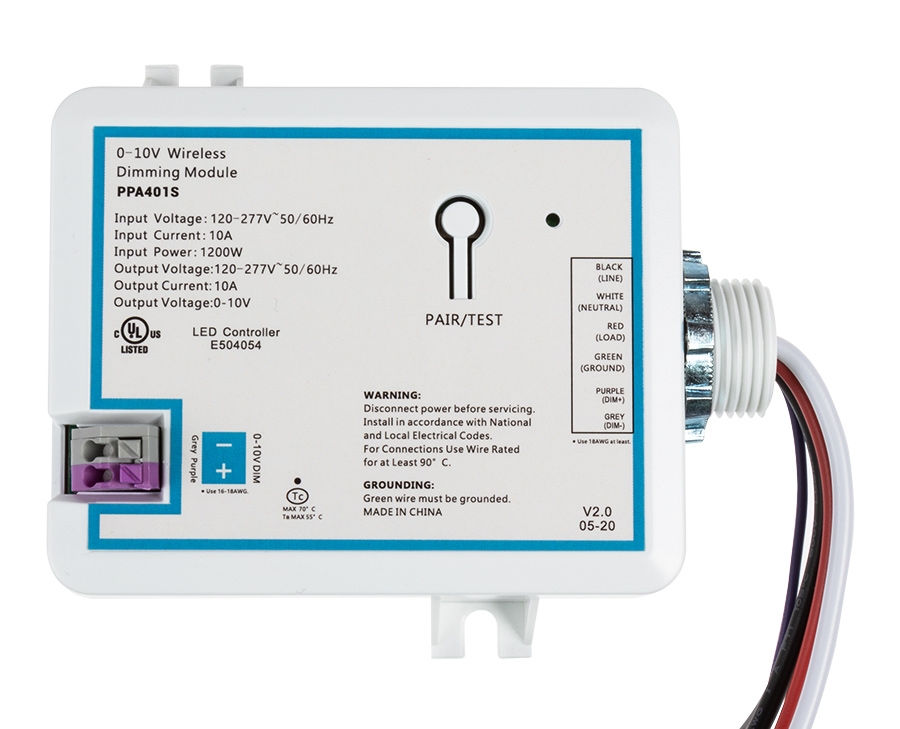
Take the LuxDrive BuckBlock for instance, this LED driver can only dim the light output from 100% down to 5%.

So if you have a LED driver that uses 0-5V dimming just make sure it is a current sourcing driver and you are good to go.Īnother factor to consider is that the dimming range of many LED drivers or ballasts are limited. Some LED drivers use 0-5V dimming like the LuxDrive BuckPuck Drivers, however, these are current sourcing drivers and our 0-10V dimmer will still work with this type of driver. For LEDs this depends on the LED driver you are using, luckily most LED drivers use 0-10V control signals to control the LEDs. When choosing a low voltage dimmer first you want to make sure that your system will work with a 0-10V dimmer. The lighting systems that are being controlled should scale the output so that at 10 volts the controlled light should be giving it’s full light output, and at 0 volts it should be at its dimmest level. This has become the norm for dimming and is widely integrated as it is one of the simplest systems and is recognized by the IEC so it is acceptable to all engineers.Ġ-10V dimming is a low voltage dimming system that works so the control signal is a DC voltage that varies between zero and ten volts. These 0-10V dimmers are still used in commercial applications for fluorescent lighting and occupancy/daylight sensor systems but are now becoming popular with the newest lighting technology, LED. 0-10 volt dimming created a solution to this and was low cost and low maintenance.

Big systems needed a way to dim down fixtures through electric and magnetic ballasts easily so that all of the lights could be dimmed at once and there was no need to replace anything more than the bulb when lights were replaced. This type of dimming first came into play as an early fluorescent dimming system.


 0 kommentar(er)
0 kommentar(er)
